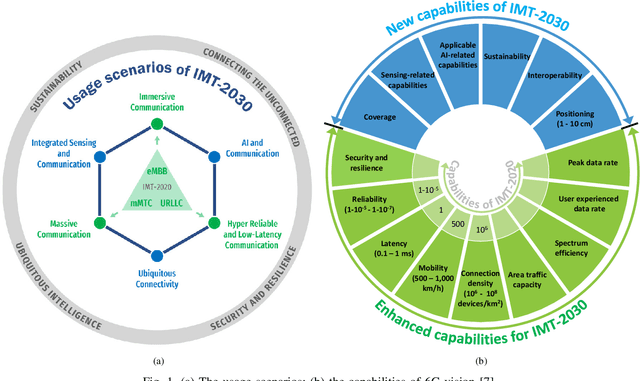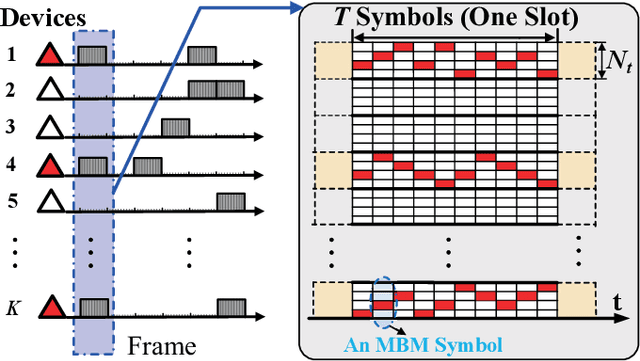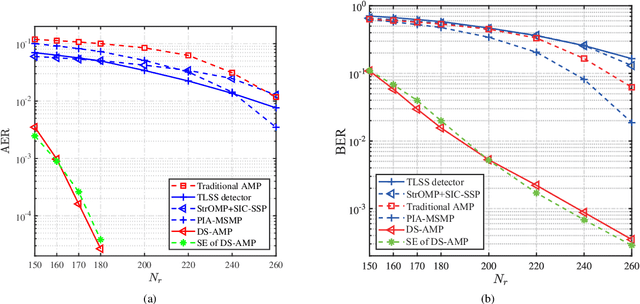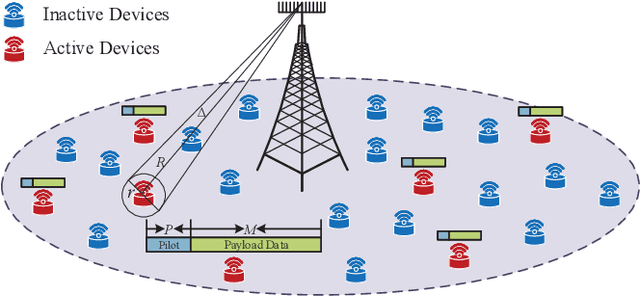Compressive Sensing-Based Grant-Free Massive Access for 6G Massive Communication
Paper and Code
Nov 12, 2023



The advent of the sixth-generation (6G) of wireless communications has given rise to the necessity to connect vast quantities of heterogeneous wireless devices, which requires advanced system capabilities far beyond existing network architectures. In particular, such massive communication has been recognized as a prime driver that can empower the 6G vision of future ubiquitous connectivity, supporting Internet of Human-Machine-Things for which massive access is critical. This paper surveys the most recent advances toward massive access in both academic and industry communities, focusing primarily on the promising compressive sensing-based grant-free massive access paradigm. We first specify the limitations of existing random access schemes and reveal that the practical implementation of massive communication relies on a dramatically different random access paradigm from the current ones mainly designed for human-centric communications. Then, a compressive sensing-based grant-free massive access roadmap is presented, where the evolutions from single-antenna to large-scale antenna array-based base stations, from single-station to cooperative massive multiple-input multiple-output systems, and from unsourced to sourced random access scenarios are detailed. Finally, we discuss the key challenges and open issues to shed light on the potential future research directions of grant-free massive access.
 Add to Chrome
Add to Chrome Add to Firefox
Add to Firefox Add to Edge
Add to Edge